Introduction
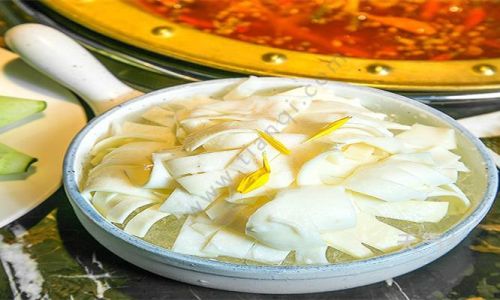
In the vast realm of culinary delights, certain ingredients stand out for their unique texture, flavor, and nutritional value. Among these, yellow throat, commonly known as “huanghou” in Chinese cuisine, is a star attraction in many regional dishes, particularly in Sichuan and Chongqing cuisines. Yellow throat, derived from the aorta of certain animals such as pigs or cows, might sound unusual to some, but its tender, slightly chewy texture and mild, slightly sweet taste have endeared it to food enthusiasts worldwide. This guide aims to demystify the preparation and consumption of yellow throat, offering insights into how to select, clean, cook, and enjoy this fascinating ingredient to its fullest potential.
Understanding Yellow Throat
Before diving into the culinary aspects of yellow throat, it’s crucial to understand what it is and where it comes from. Yellow throat refers to the large blood vessel, specifically the aorta, of animals like pigs and cows. This vessel, due to its constant exposure to blood flow, develops a unique texture and flavor profile that sets it apart from other meat cuts. It’s important to note that yellow throat consumption is culturally specific and may not be widely accepted in all parts of the world. However, within its cultural context, it is highly valued for its culinary properties.
Selecting High-Quality Yellow Throat
The first step in enjoying yellow throat is selecting high-quality material. Here are some tips to ensure you get the best:
-
Source Reliability: Purchase yellow throat from trusted suppliers or butcher shops that specialize in high-quality meat products. Ensure the source is reputable and adheres to food safety standards.
-
Freshness: Freshness is key when it comes to yellow throat. Look for pieces that are firm, slightly elastic, and have a clean, slightly moist appearance. Avoid any that appear slimy, discolored, or have an unpleasant odor.
-
Color: Yellow throat should have a pale pinkish-white hue. Avoid pieces that are excessively dark or have spots of discoloration.
-
Thickness: Thicker pieces of yellow throat tend to have a more satisfying chewy texture when cooked. Thinner slices may become overly tender and lose their appeal.
Cleaning and Preparation

Proper cleaning and preparation are essential to ensure the safety and quality of your yellow throat dish. Here’s how to do it:
-
Rinse Thoroughly: Begin by rinsing the yellow throat under cold running water to remove any surface impurities or blood residue.
-
Soak: Place the rinsed yellow throat in a bowl of cold water and let it soak for about 30 minutes. This helps to draw out any remaining blood and impurities.
-
Blanch: Bring a pot of water to a rolling boil and add a pinch of salt. Blanch the yellow throat for about 2-3 minutes. This step not only further cleanses the meat but also tightens its texture, making it more appealing when cooked.
-
Cool and Drain: Remove the blanched yellow throat from the boiling water and immediately plunge it into ice-cold water to stop the cooking process. Drain well before proceeding with the next steps.
Cooking Techniques
Yellow throat can be cooked in various ways, each bringing out different textures and flavors. Here are some popular cooking techniques:
-
Boiling: Boiling is a straightforward method that preserves the natural sweetness and tenderness of yellow throat. Simply add seasoned boiling water (with ingredients like ginger, green onions, and a touch of soy sauce) and simmer until cooked to your liking. This method is often used in soups and stews.
-
Stir-Frying: For a quick and flavorful dish, stir-fry yellow throat with vegetables, garlic, and chili peppers. High heat and quick cooking ensure the meat remains tender and juicy while absorbing the aromatic flavors of the stir-fry.
-
Steaming: Steaming yellow throat with light seasonings like soy sauce, ginger, and sesame oil retains its natural juices and offers a healthier cooking option. This method is ideal for those who prefer a milder flavor profile.
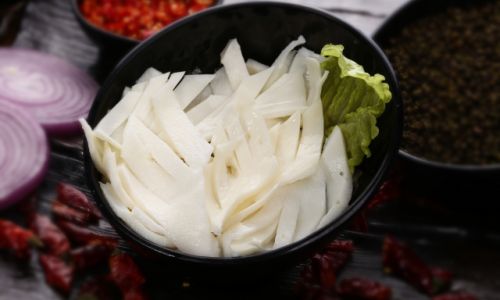
-
Grilling: For a smoky, char-grilled flavor, grill yellow throat slices over an open flame. Brush with a mixture of soy sauce, honey, and sesame oil before grilling to enhance the flavor.
-
Soup Base: Yellow throat is a popular addition to various soup bases, such as chicken, pork, or vegetable broth. Its mild flavor and tender texture make it an excellent complement to rich, flavorful broths.
Seasoning and Flavor Pairings
Seasoning and flavor pairing are crucial in enhancing the taste of yellow throat. Here are some suggestions:
-
Soy Sauce and Sesame Oil: A classic combination that brings out the natural sweetness of yellow throat. Lightly brush or drizzle over cooked pieces for a simple yet delicious finish.
-
Spicy Seasonings: For those who enjoy a bit of heat, pair yellow throat with chili peppers, Sichuan peppercorns, and garlic. These ingredients add a layer of complexity and depth to the dish.
-
Herbs and Spices: Fresh herbs like cilantro, parsley, or mint can brighten up the flavor of yellow throat. Spices such as cumin, coriander, or five-spice powder can also add an exotic twist.
-
Citrus: A squeeze of lemon or lime juice can add a refreshing tanginess to yellow throat dishes, particularly those that are rich or heavily seasoned.
-
Sweeteners: A touch of honey, brown sugar, or even hoisin sauce can balance out the savory flavors and add a hint of sweetness to the dish.
Recipes for Inspiration
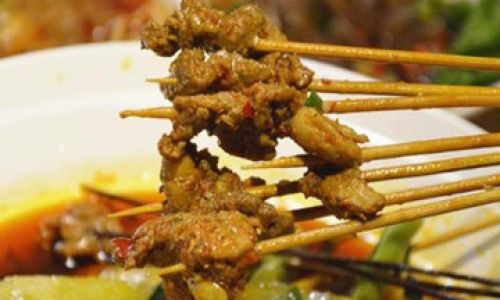
To provide a clearer understanding of how to incorporate yellow throat into your meals, here are a few recipes for inspiration:
Sichuan-Style Stir-Fried Yellow Throat with Vegetables
Ingredients:
- Yellow throat, sliced into thin strips
- Bell peppers, sliced
- Carrots, julienned
- Garlic, minced
- Fresh ginger, sliced
- Chili peppers, sliced (optional)
- Soy sauce
- Sesame oil
- Salt and pepper to taste
- Vegetable oil for stir-frying
Instructions:
- Heat vegetable oil in a wok or large skillet over high heat.
- Add garlic, ginger, and chili peppers (if using) and stir-fry until fragrant.
- Add the bell peppers and carrots and stir-fry for about 2 minutes.
- Add the yellow throat strips and stir-fry until they turn slightly opaque and begin to firm up.
- Pour in soy sauce, drizzle with sesame oil, and season with salt and pepper.
- Stir-fry for another minute until everything is well combined and heated through.
- Serve hot as part of a meal or as an appetizer.
Yellow Throat and Mushroom Soup
Ingredients:
- Yellow throat, sliced into bite-sized pieces
- Assorted mushrooms (shiitake, cremini, button), sliced
- Chicken or vegetable broth
- Fresh ginger, sliced
- Garlic, minced
- Green onions, chopped
- Salt and pepper to taste
- Soy sauce (optional)
- Sesame oil (optional)
Instructions:
- In a large pot, bring the chicken or vegetable broth to a boil.
- Add the sliced ginger, minced garlic, and mushrooms. Reduce heat to a simmer and cook for about 5 minutes.
- Add the yellow throat pieces and continue to simmer until they are cooked through and tender, about 10-15 minutes.
- Season with salt and pepper to taste. Optionally, add a splash of soy sauce and a drizzle of sesame oil for added flavor.
- Ladle the soup into bowls and garnish with chopped green onions.
- Serve hot, accompanied by a side of rice or noodles.
Conclusion
Yellow throat, though perhaps unfamiliar to many, offers a unique culinary experience that combines tender texture with a mild, slightly sweet flavor. With proper selection, cleaning, and preparation, along with creative seasoning and cooking techniques, yellow throat can become a delightful addition to your culinary repertoire. Whether enjoyed in stir-fries, soups, or grilled dishes, yellow throat provides a versatile and flavorful option for adventurous food enthusiasts. As you explore the world of yellow throat cuisine, remember to respect cultural traditions and food safety practices to ensure a safe and enjoyable dining experience. Happy cooking!
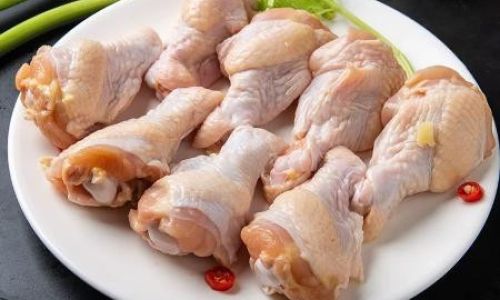
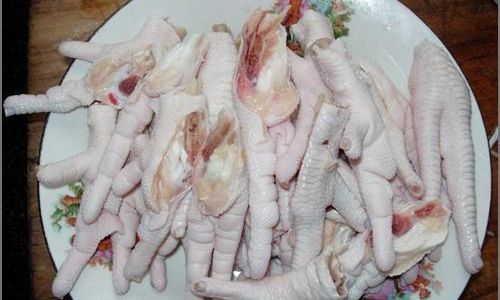
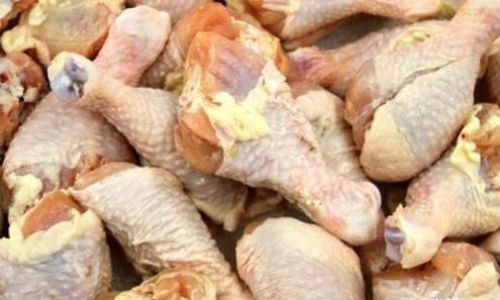
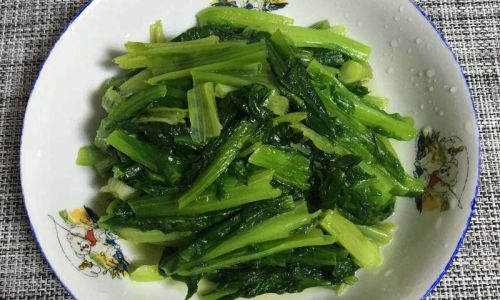
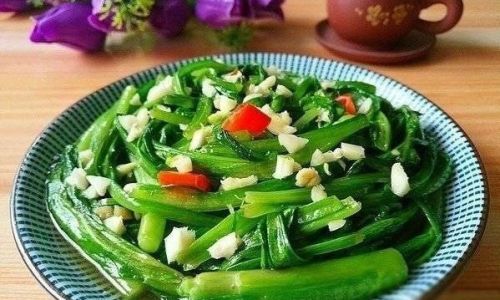
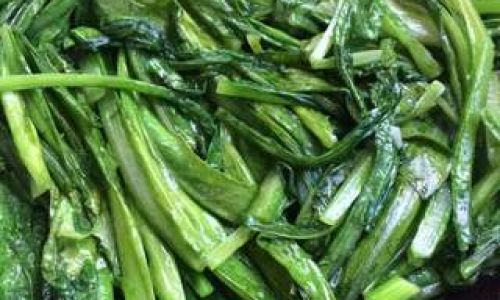
0 comments